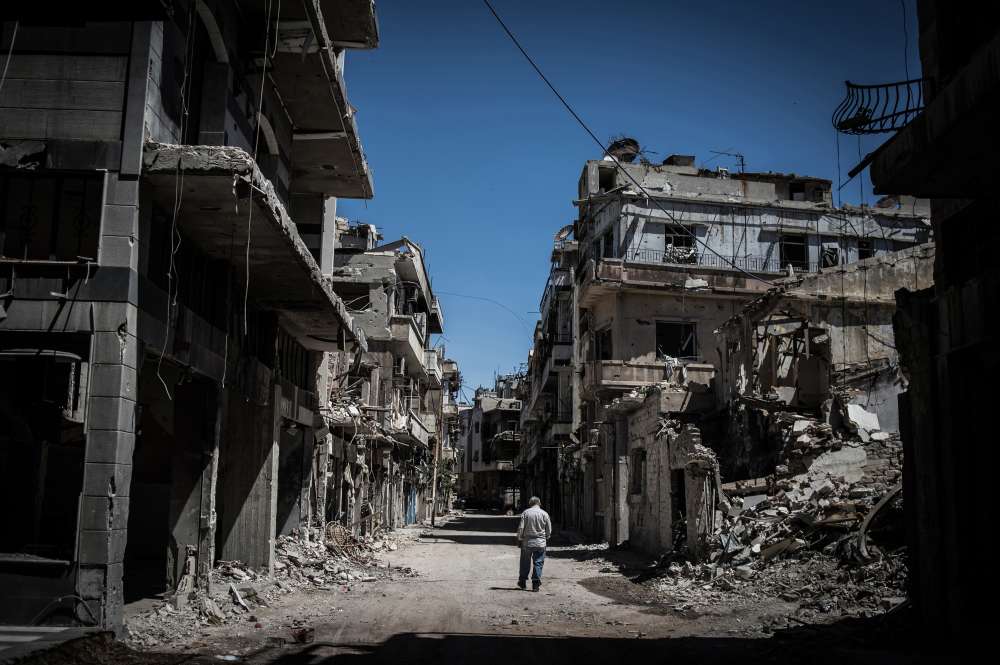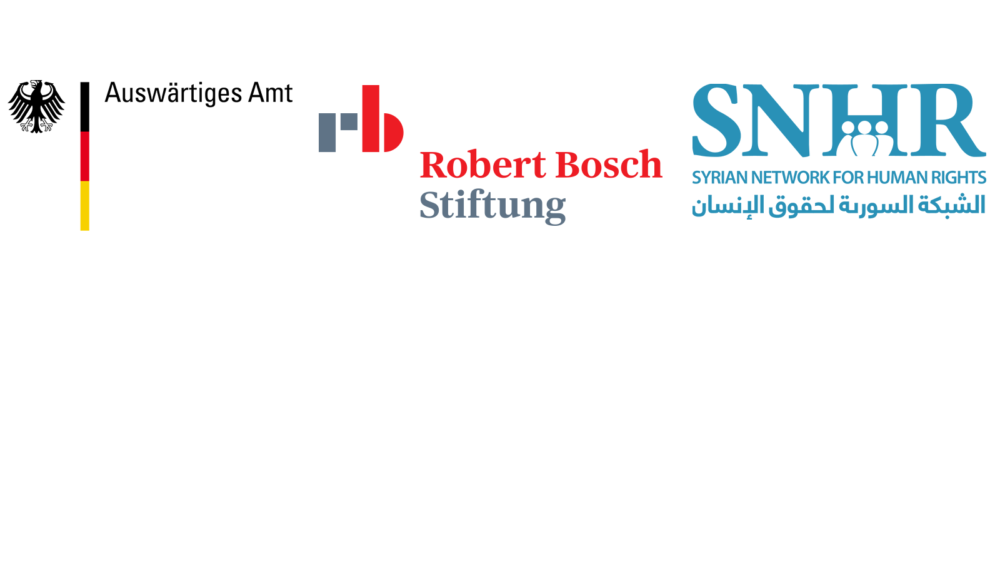Nowhere to Hide: The Logic of Chemical Weapons Use in Syria

Our research found that there have been at least 336 chemical weapons attacks over the course of the Syrian civil war – significantly more than has commonly been known. Around 98 percent of these attacks can be attributed to the Assad regime, with the Islamic State group responsible for the rest. Approximately 90 percent of all confirmed attacks occurred after the infamous “red line” incident of August 2013.
The Syrian military’s chemical warfare campaign is closely intertwined – logistically, operationally and strategically – with its campaign of conventional warfare. The designs of the Assad regime’s improvised chlorine munitions, which have accounted for at least 89 percent of all chemical attacks throughout the war, are clearly derived from conventional “barrel” or “lob” bombs. Both are employed by the same Syrian military formations via the same delivery systems.
It is clear that the Syrian military has consistently prioritized striking population centers over rebel positions on the frontlines, even in the face of defeat on the ground. Indeed, the Syrian regime’s persistent and widespread use of chemical weapons is best understood as part of its overall war strategy of collective punishment of populations in opposition-held areas. Chemical weapons are an integral component of its arsenal of indiscriminate violence, alongside sieges and high-explosive weapons such as “barrel bombs.”
We show that the Assad regime did not merely “get away” with its use of these banned weapons, but succeeded in using them for strategic ends. More than two-thirds of Syria’s population are internally or externally displaced, and opposition-held communities have been buckling and surrendering under the cumulative weight – and eventually the mere threat – of violence, including the use of chemical weapons.
Putting a stop to the Syrian regime’s strategy of chemical weapons use will require halting its overall machinery of indiscriminate violence. In order to effectively disrupt the Syrian chemical weapons complex and deter their future use in Syria and other conflicts, the United States and the wider international community should directly target the military formations that would be responsible for any future attacks. The Syrian helicopter fleet, which has played a critical role in the delivery of conventional and chemical barrel bombs, should be a primary target.
…
The full study is available for download. To access the full dataset and interactive map, visit the Nowhere to Hide website.
The study was generously supported by the German Foreign Office and the Robert Bosch Stiftung. We are grateful to our friends and partners.








